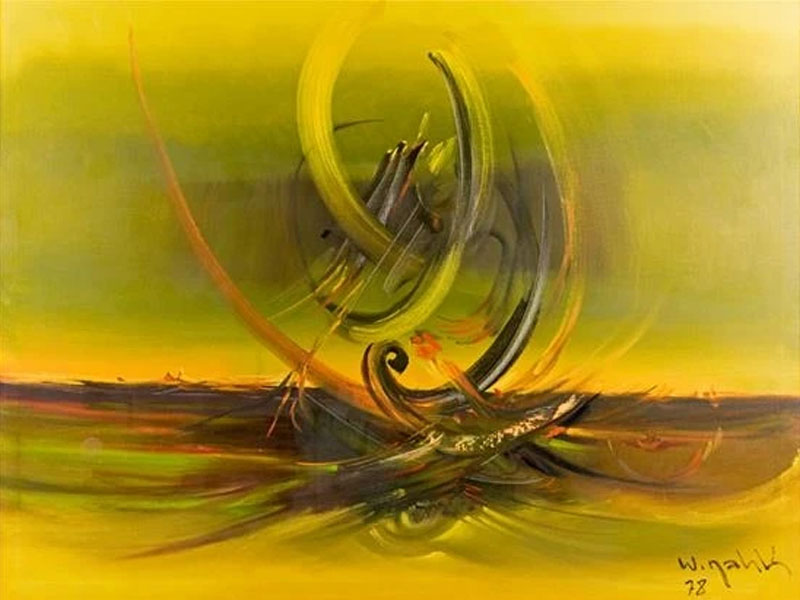Arab Heritage and the Use of the Arts to Demonstrate Identity: Art Groups and Forums as an Example
Issue 56

Dr. Rasha Abdul Fattah Milhim
The art groups that emerged in the Arab world in the early 1940s were a genuine starting point for renewal in Arab contemporary art, and a response to the influences of the intellectual movement both inside and beyond the Arab world. The art movement began with Western standards that were governed by cultural conventions and rules. In Arab countries such as Iraq, Egypt, Syria and Lebanon however, the process of taking inspiration from the region's past began with the establishment of national governments.
Recent intellectual breakthroughs have resulted in the emergence of fresh life and intellectual rebirth in a number of Arab civilisations. Leaders and pioneers in innovation and regeneration deepened their artistic discourse by rooting it in a civilisational background and heritage within the frameworks of originality, identity, and then modernity. This allowed people who were interested in art to explore the relationship between folk paintings and Arab heritage, which has in turn become associated with the concept of authenticity.
Some argue that heritage is the foundation one needs to understand the present and that academics should examine heritage objectively by taking the cognitive, historical and social contexts into account.
At present, the modern understanding of heritage balances the Arab world's preoccupation with aesthetic themes and artistic references and identity’s implications for creative work. This understanding may help to answer these basic questions: What is identity? What should we look for, and where should we search for it?
Despite the diversity of Arab artists' work in the twentieth century, it remained bound by specific trends, identity, and living and lost memory. The characteristics of place and time, family and land, an association with Orientalism, ancient civilisations, Islamic arts and decoration, the Hurufiyya movement, alienation, immigration, and the loss of identity in a globalised world all merged.
Many artists were inspired to remain faithful to the land and reality by the political events of the twentieth century, based on the beliefs that art should reflect revolutions and wars and their impact on identity and that depictions of the countryside and villages that still exist in the memory are also representations of identity.
However, for Arab artists, a return to various material and non-material cultural references seemed to be a way out of the art-related issues that riddled the Arab world, prompting them to seek out materials that touched the heart of folk culture, such as leather and henna, and to use them in a modern, contemporary way. This made Arab artistic output synonymous with the concept of modernity, resulting in a wide intellectual and artistic spectrum. In modern and contemporary art, knowledge of the aesthetics of folk paintings remains subject to and related to the transformations that have defined the age since the mid-twentieth century. This paved the way for the use of traditional and conventional insights in postmodern work.
Heritage is a mirror that reflects our history, and it has motivated many artists to broaden their horizons in order to consolidate the characteristics of the Arab personality in the modern day with the support of intellectuals who advocated for the revival of heritage.
In conclusion, it should be noted that Arab artists did not always agree on the need to benefit from heritage; on the contrary, some advocated that it be abolished.



































































